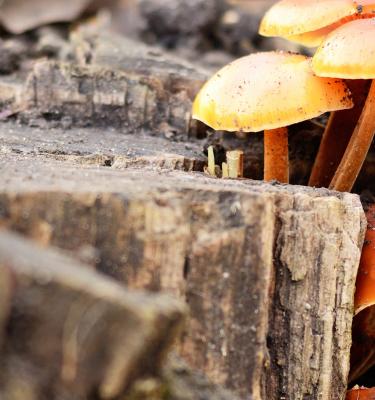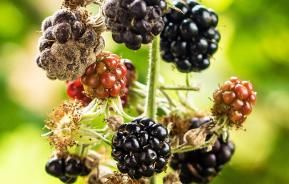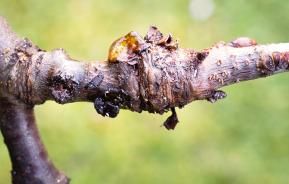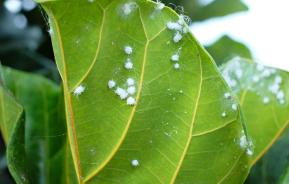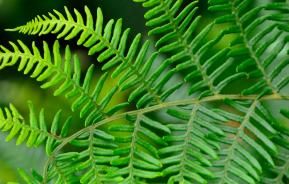Honey fungus is a very destructive garden disease of trees and shrubs. Just keep your fingers crossed that it never occurs in yours!
What is honey fungus?
Honey fungus (Armillaria) is a parasitic fungi that affects the roots, trunks and stems of plants. A creamy white sheet of fungus grows between bark and the plant tissue beneath it. The fungus smells very much like everyday mushrooms.
The fungus also develops fungal strands called ‘rhizomorphs’. These are black and could easily be mistaken for old tree roots but for the fact that they are hollow. Like roots they can be thick or thin and consist of one or several branched strands. They will feed on the host plant but will also grow through the soil until they find another source of food - they can grow at a rate of up to 1 metre a year.
How to identify honey fungus
Identifying honey fungus on trees can be difficult, to begin with the infected plant will begin to wilt/die back. The rate of decline can vary substantially - plants can die rapidly but equally others may take several years to die.
Some plants, especially conifers, will leak resin from around the base of the plant making the honey fungus identification much easier.
Black boot-lace sized strands may be found if you dig around in the soil below the affected plant, and in some cases the strands will grow up covering the dead wood. The strands tend to travel in straight lines, so if one plant in a hedge starts to die, it is quite likely that one by one, the plants next to it will also start to die off.
Occasionally groups of honey-coloured toadstools can grow at the base of infected plants during the late summer or early autumn.

Honey fungus treatment and control
Unfortunately there are no longer any chemical honey fungus treatments. Control must be through garden hygiene. Dig out infected plants and their root systems. Destroy the infected material.
Don’t leave dead trees in the garden. Dig them up and remove them.
Honey fungus resistant plants and trees
Prevention rather than cure - buying honey fungus resistant plants is far easier than dealing with the issue once it has arrived. As with most pests and diseases there are certain plants which are more resistant to their attack than others. Here is a list of some honey fungus resistant plants:
Yew
Taxus baccata, great for hedging. Evergreen tree can be kept clipped and height easily controlled by regular pruning.
Mallow
Malva sylvestris is a beautiful shrub, and a perfect centre piece for a bed or border.
Beech
Fagus, another great hedging alternative and in autumn its hard to beat the colourful display of this honey fungus resistant hedge, but that does mean you do need to rake the leaves up in winter.
Box
Buxus, commonly used for low growing hedges and topiary. The small leaves make it easy to keep neat and compact, although resistant to honey fungus, Box Blight is an increasing pest.
Clematis
If it’s a climber you are after, then look no further. Very few can offer the abundance of stunning flowers and wide range of colours that the clematis species can offer. Its hard to believe that it is related to the buttercup!
Choisya
Choisya ternata - Mexican orange blossom, a compact growing, evergreen scented shrub. Nice and hardy so suitable for more exposed situations.
Hebe
A popular shrub for use in pots, borders and as a low hedge. There are a wide range of varieties available including some alpine non-flowering varieties.
Bamboo
In the right place these grass plants can create a stunning effect, and the gentle sound of the wind passing through can be very relaxing. Varieties such as the phyllostachys can be very invasive and will need controlling. Metake is more clump forming but will slowly spread.
